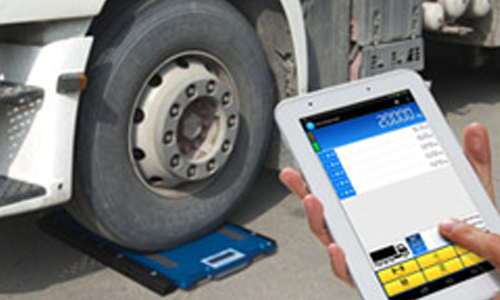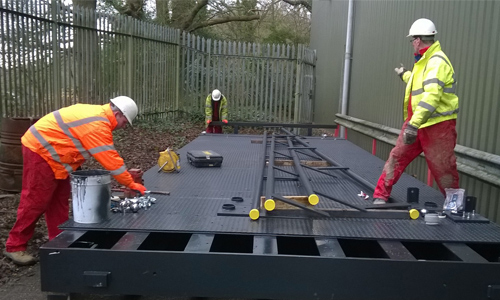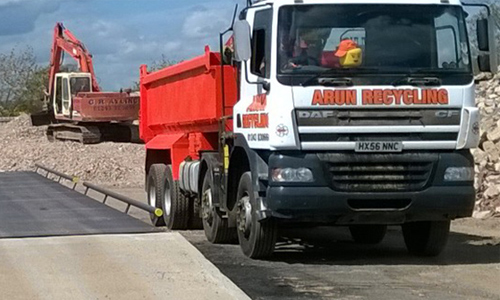The Accuracy of Weighbridges
-
 By
Solent Scales
By
Solent Scales
- 2 Oct 2021
- 0 Comments

For many businesses across the country, weighbridges are the only method for monitoring product input vs output, assuring loaded vehicle compliance and charging customers for their products. All of these methods require weighbridges to accurately measure the weight of the vehicle on top.
Why Accuracy is Important
Without accurate measurements from weighbridges, vehicles are hindered in a number of different ways. Businesses that rely on accurate weight measurements to charge their customers, such as recycling centres or aggregate companies, could be overcharging customers. This could result in unhappy customers, lost business or even legal action. Alternatively, the business could be giving away more product than necessary, resulting in damage to profits and unexpected stock shortage. Either way, it's not good for your business.
Business cargo vehicles must also comply with certain weight for road safety reasons. Businesses with inaccurate weighing scales may inadvertently send a vehicle away from the premises with an illegally overweight load, resulting in fines for the business.
Other businesses, particularly governmental sectors such as waste management, are required to constantly record and submit the flow of product into and out of the business. Inaccurate measurements could lead to business fines.
Calibration
This is where weighbridge calibration comes in. The regular and professional calibration of weighbridges is incredibly important to ensure the accurate and precise operation of your weighing operations, for all the above reasons.
Weighbridge calibration involves placing a known mass on the weighbridge and ensuring the weighbridge is reading correctly to the nearest division. A division is the minimum unit the bridge can calculate, for example a common kitchen scale’s division unit is 1g. If the bridge is indicating a few divisions off at minimum capacity, when a maximum capacity weight is weighed, it could be hundreds of divisions off.
This is because weighbridges will be inaccurate (when not calibrated regularly) by a percentage. A weighbridge may be low by 50kg when a 1 tonne weight is placed on the scales, but when 10 tonnes are placed on the scales it will not read 9950kg. Instead, it will read 9500kg because the scale is reading 5% too low. This results in 500kg discrepancy at the higher end of the scale.
A quality service, calibration and repair by highly qualified and experienced technicians is one of the only ways to ensure that your vehicle weighing scales are reading accurately for every single load.









